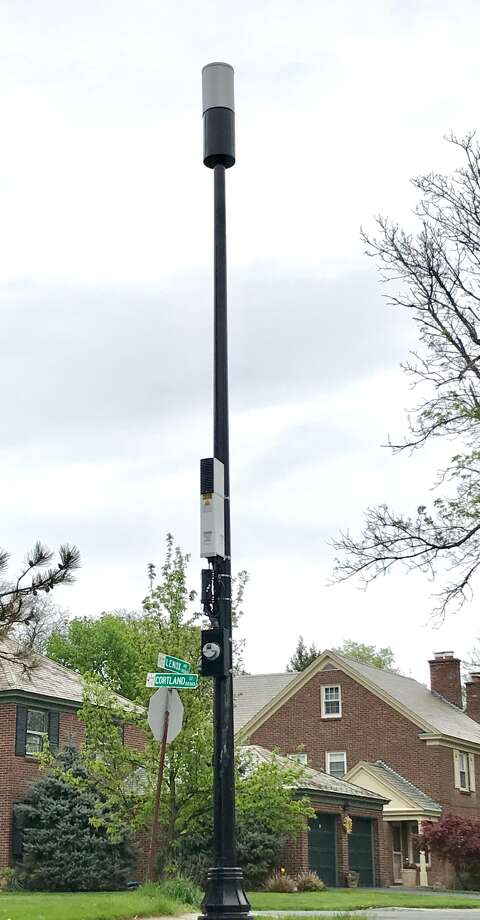If you've ever walked through a city, you may have seen tiny cell towers for 5G placed on poles for street lighting. They look like small boxes however, they're actually transmitting wireless signals from mobile providers to your phone.
These smaller towers are replacing the larger built cell towers. While Click here for more info 're not as noticeable but they can still cause issues for users.
A FCC's Radiation Exposure Thresholds
The FCC's Radiation Exposure Thresholds establish the safe distance that one can expose to electromagnetic energy from wireless devices. The limits for exposure are based on scientific data that prove that electromagnetic energy could cause harm to health.
The rate of absorption called the specific absorption rate (SAR) is an indicator of the amount of radiofrequency energy absorption by tissues. It's usually 1.6 watts per kilogram, spread over a gram of tissue.
However, because 5g transmits at higher frequencies this could be able to cause greater energy intensity on the skin and other directly-exposed body areas. This can lead to a wide range of potential harms, including exacerbated development of skin diseases such as dermatitis and cataracts, and skin cancer.
Due to the possible severe effects of 5g radiation, PSU has chosen to establish a general, localized maximum power density of four mW/cm2 measured across 1 centimeter, and never to exceed 30 minutes, for all 5G services at 3000 GHz. This limit for localization is in line with the highest spatial-average SAR of 1.6 W/kg averaged over 1 g of tissue at 6 GHz.
The FCC's Maximum Exposure Thresholds
If you've ever used a cell phone, you're probably aware that the safest range from the tower is at least 400 meters away. This is because the transmitting power of cell towers increases drastically the further the tower is.
Although this may sound like a good idea, the reality is that people who live close to towers could be more susceptible to health issues. For safe distance from cell tower , a 2014 study in India found that residents who lived within 50m of cell towers had significant more health issues than those living further away from the antennas.
But, the study revealed that those who relocated into areas farther away from cell towers experienced their symptoms improve within a few days. Another study has revealed that exposure to high levels of radiofrequency electromagnetic fields (EMFs) can cause brain tumors, cancers as well as other health issues.
This is due to the fact that radiofrequency radiation, which is used for wireless communication, has the ability to penetrate the body's outer layer, which is the skin. It is crucial to know since the skin functions as a barrier to protect against injury to the body, infection from pathogenic microorganisms, as well as the entry of harmful substances. Additionally, it is the biggest organ of the human body, and is responsible for protecting other organs.
The FCC's Minimum Exposure Thresholds
The FCC's Minimum Exposure Thresholds are based on a variety of assumptions that are not supported by scientific evidence. This includes the false assumption that short-term exposures to RF radiation are safe because of the minimal penetration into the body (i.e., tissue heating).
The assumption is also ignoring the greater penetration of ELF elements of modulated radio signals and the effect on the body of short bursts from pulsed RF waves. These theories are not compatible with current knowledge of the biological effects of RF radiation, and thus they shouldn't be relied upon for health-protection exposure guidelines.
Additionally to that, ICNIRP and FCC are limiting their maximum radiation limits for local peak SARs, based on the peak spatial specific absorption rate (psSAR) which is not a reliable dosimetric instrument to determine the degree of radiation exposure. In particular it is inconclusive when frequencies exceed 6 GHz. In addition, psSAR is not been evaluated for RF radiation exposed to other environmental agents , such like sunlight. Interactions of RF radiations with different environmental agents may produce synergistic or antagonistic effects. This could result in the risk of having adverse health adverse effects. For example, co-exposure to RF radiation with sunlight may raise the chance of skin cancer, and may also exacerbate other skin conditions like acne.

